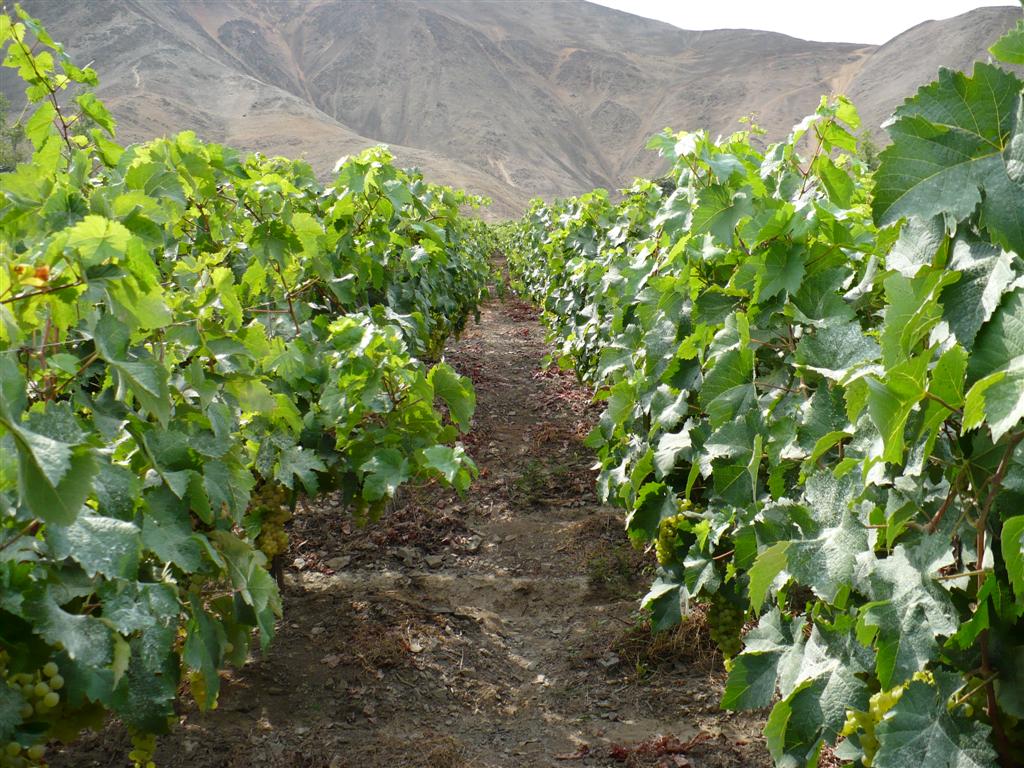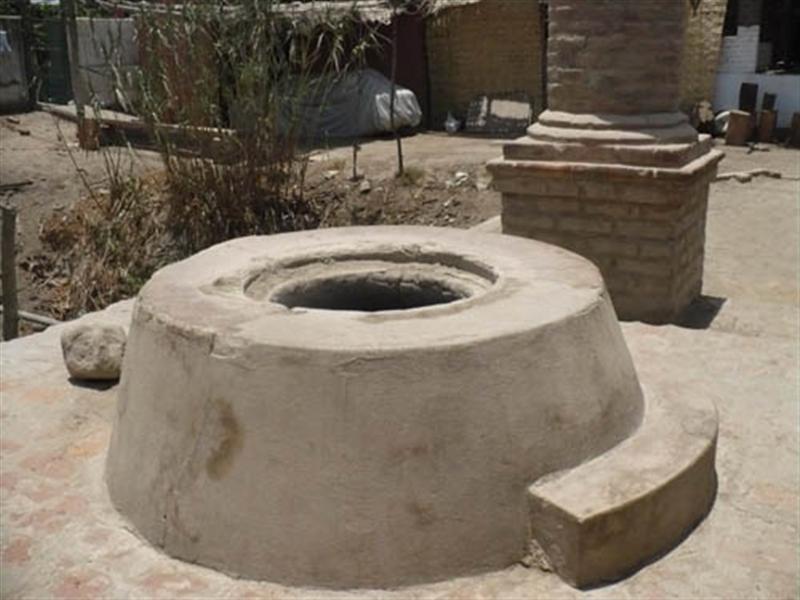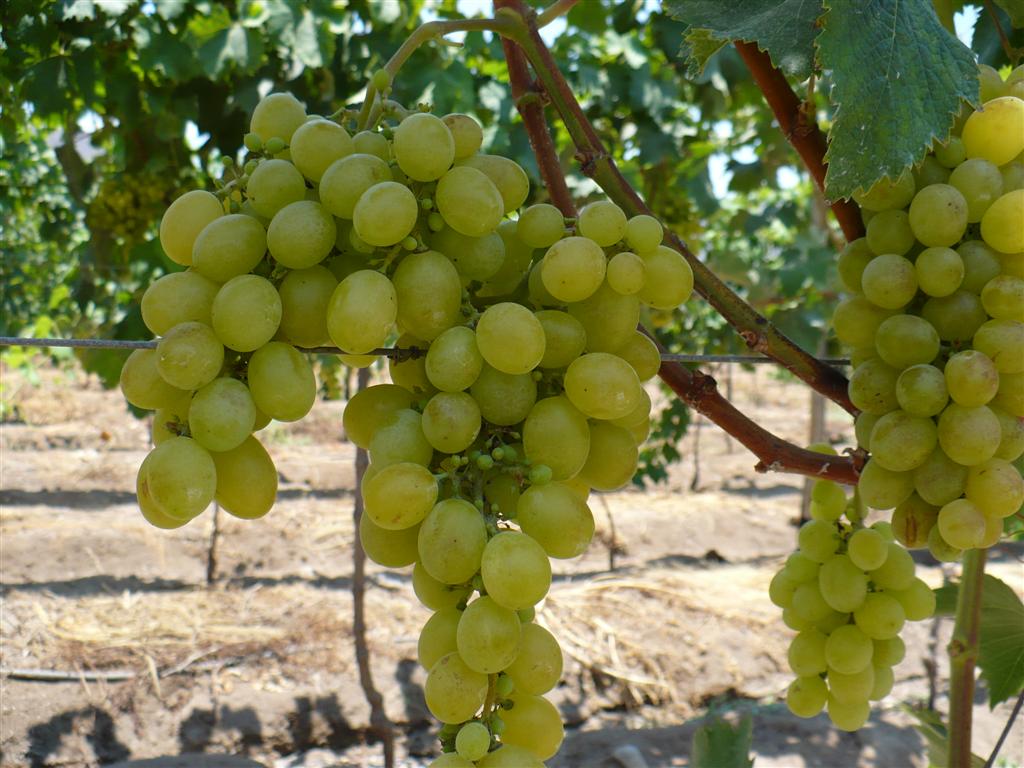Pisco, besides being the traditional beverage of Peru since Colony times and a symbol of the Peruvian spirit, is also what is called an “appellation of origin” in international trade.
times and a symbol of the Peruvian spirit, is also what is called an “appellation of origin” in international trade.
Pursuant to the provisions of the Lisbon Agreement for the protection of appellations of origin and their international registration, and in accordance with the definition set forth by the World Intellectual Property Organization (WIPO), an appellation of origin is the name of a country, region, or a determined place that is used on products manufactured within them, which have qualities or characteristics that are essentially due to the geographical environment in which they are produced, including natural factors (geography, climate, raw material, etc.) and human factors (workforce, art, skill, tradition, etc.)
Pursuant to the provisions of the Lisbon Agreement for the protection of appellations of origin and their international registration, and in accordance with the definition set forth by the World Intellectual Property Organization (WIPO), an appellation of origin is the name of a country, region, or a determined place that is used on products manufactured within them, which have qualities or characteristics that are essentially due to the geographical environment in which they are produced, including natural factors (geography, climate, raw material, etc.) and human factors (workforce, art, skill, tradition, etc.)
Similarly, the International Organization of Vine and Wine (OIV) also considers the “fame” or “reputation” before recognizing appellations of origin. It is, thus, a comprehensive concept of deep importance for the vinicultural sector, as it constitutes a legal instrument for the development of an economy that pursues a “collective promotion”, guaranteeing the quality, origin, and, in many cases, the tradition and history of products that are conceived by the close relationship between human groups and their land.
Moreover, appellations of origin are a mechanism for consumer protection and the defense of free and fair competition. Regarding Geographical Indications, Section 3 of the Agreement on Trade-Related Aspects of Intellectual Property Rights (TRIPS), signed within the guidelines of the World Trade Organization, establishes that: “the countries shall provide the legal means to prevent the use of any means in the designation or presentation of a good that indicates or suggests that the good in question originates in a geographical area other than the true place of origin in a manner which misleads the public as to the geographical origin of the good, and also to prevent any use which constitutes an act of unfair competition.”
In conclusion, one of the key elements for recognizing an appellation of origin and/or geographical indication is the pre-existence of a geographical reference that creates the denomination of a good produced in such territory. Accordingly, the countries define an adequate legal framework to prevent the use of a designation or the presentation of a product that suggests that the good in question comes from a geographical area other than its true place of origin.
In accordance to this concept, the word “Pisco” is an exclusive Peruvian designation, firstly because it refers to a geographical location that has existed and been known by such name since Colony times, encompassing a city, a valley, a river, a port and a province in the southern coast of Peru.
Furthermore, from the legal viewpoint of provisions regulating the political boundaries of Peru, the District of Pisco exists as such since Peru became and independent republic in 1821, and it was registered as a Province through a Congress Law dated October 13th, 1900, published in “El Peruano” Official Gazette on October 30th, 1900.
Secondly, the extraction, harvest and subsequent manufacturing and preparation of this liquor is carried out through a unique productive process based on the Peruvian technique developed and spread in the producing regions.
Furthermore, the grape used for preparing pisco grows thanks to the mild weather and the tectonic formation of the land that characterize the province of Pisco and also extends to the valleys of the Departments of Lima, Ica, Arequipa, Moquegua and some valleys of the Department of Tacna, where similar conditions exist. Additionally, the reputation of pisco has a clear Peruvian origin that dates back to the 17th Century and continues up to our days.
One of the many examples of the history of pisco are the testimonies collected by Herbert Asbury, who researched, among other aspects, the popularity of pisco in the Western coast of the United States. One of them is quoted below:
 “The Bank Exchange was especially noted for Pisco Punch, invented by Duncan Nichol, who was second only to Professor Jerry Thomas as bar-tender. During the eighteen-seventies it was by far the most popular drink in San Francisco, although it was sold for twenty-five cents a glass, a high price for those days. (…) But descriptions of the San Francisco of the period abound with lyrical accounts of its flavor and potency, and it must have been the crème de la crème of beverages. Its base was Pisco brandy, which was distilled from the grape known as Italia, or La Rosa del Peru, and was named for the Peruvian port from which it was shipped. (...) And the brandy itself, (...) was thus described by a writer who first tasted it in 1872: ‘It is perfectly colourless, quite fragrant, very seductive, terribly strong, and has a flavour somewhat resembling that of Scotch whiskey, but much more delicate, with a marked fruity taste. It comes in earthen jars, broad at the top and tapering down to a point, holding about five gallons each’.”
“The Bank Exchange was especially noted for Pisco Punch, invented by Duncan Nichol, who was second only to Professor Jerry Thomas as bar-tender. During the eighteen-seventies it was by far the most popular drink in San Francisco, although it was sold for twenty-five cents a glass, a high price for those days. (…) But descriptions of the San Francisco of the period abound with lyrical accounts of its flavor and potency, and it must have been the crème de la crème of beverages. Its base was Pisco brandy, which was distilled from the grape known as Italia, or La Rosa del Peru, and was named for the Peruvian port from which it was shipped. (...) And the brandy itself, (...) was thus described by a writer who first tasted it in 1872: ‘It is perfectly colourless, quite fragrant, very seductive, terribly strong, and has a flavour somewhat resembling that of Scotch whiskey, but much more delicate, with a marked fruity taste. It comes in earthen jars, broad at the top and tapering down to a point, holding about five gallons each’.”
One further example that explicitly mentions the origin and prestige of Pisco is the centenarian “Boletín de la Guerra del Pacífico” (“War of the Pacific Gazette”) published in 1980 by Editorial Andres Bello of Santiago, Chile. Their pages include testimonies of Chilean soldiers who participated in the occupation of Ica and Pisco in Peru, and they textually state the following:
“... their main buildings are used as cellars to store cancos (jars) full of the famous eau-de-vie that took up the name of the port (…). The city of Ica has between seven and eight thousand residents and is surrounded by farms that specifically grow the grapevines used for producing pisco (…). The occupation troops eat wonderfully: good vegetables, abundant meat, fresh bread, a glass of pisco at lunch, a glass of wine at dinner and, above all, delicious, abundant watermelons, which are the favorite of our rotos.” (Report of Colonel Jose Domingo Arrunategui. Boletín de la Guerra del Pacífico [War of the Pacific Gazette], Santiago de Chile, Editorial Andrés Bello, 1980.)
The Peruvian legislation establishes that appellations of origin are owned by the State, which in turn grants authorizations for their use.
owned by the State, which in turn grants authorizations for their use.
It is noteworthy that, to date, no country has registered the pisco appellation of origin under the scope of the Lisbon Agreement. A multilateral system of notification and registration of geographical indications for wines and spirits is under negotiation within the multilateral framework of WTO, and Peru is actively participating in this process. However, the word “pisco” is registered in some countries as a brand, in violation of current international regulations where it is clearly stated that an appellation of origin cannot be registered as a brand under any circumstance.
Moreover, appellations of origin are a mechanism for consumer protection and the defense of free and fair competition. Regarding Geographical Indications, Section 3 of the Agreement on Trade-Related Aspects of Intellectual Property Rights (TRIPS), signed within the guidelines of the World Trade Organization, establishes that: “the countries shall provide the legal means to prevent the use of any means in the designation or presentation of a good that indicates or suggests that the good in question originates in a geographical area other than the true place of origin in a manner which misleads the public as to the geographical origin of the good, and also to prevent any use which constitutes an act of unfair competition.”
In conclusion, one of the key elements for recognizing an appellation of origin and/or geographical indication is the pre-existence of a geographical reference that creates the denomination of a good produced in such territory. Accordingly, the countries define an adequate legal framework to prevent the use of a designation or the presentation of a product that suggests that the good in question comes from a geographical area other than its true place of origin.
In accordance to this concept, the word “Pisco” is an exclusive Peruvian designation, firstly because it refers to a geographical location that has existed and been known by such name since Colony times, encompassing a city, a valley, a river, a port and a province in the southern coast of Peru.
Furthermore, from the legal viewpoint of provisions regulating the political boundaries of Peru, the District of Pisco exists as such since Peru became and independent republic in 1821, and it was registered as a Province through a Congress Law dated October 13th, 1900, published in “El Peruano” Official Gazette on October 30th, 1900.
Secondly, the extraction, harvest and subsequent manufacturing and preparation of this liquor is carried out through a unique productive process based on the Peruvian technique developed and spread in the producing regions.
Furthermore, the grape used for preparing pisco grows thanks to the mild weather and the tectonic formation of the land that characterize the province of Pisco and also extends to the valleys of the Departments of Lima, Ica, Arequipa, Moquegua and some valleys of the Department of Tacna, where similar conditions exist. Additionally, the reputation of pisco has a clear Peruvian origin that dates back to the 17th Century and continues up to our days.
One of the many examples of the history of pisco are the testimonies collected by Herbert Asbury, who researched, among other aspects, the popularity of pisco in the Western coast of the United States. One of them is quoted below:
 “The Bank Exchange was especially noted for Pisco Punch, invented by Duncan Nichol, who was second only to Professor Jerry Thomas as bar-tender. During the eighteen-seventies it was by far the most popular drink in San Francisco, although it was sold for twenty-five cents a glass, a high price for those days. (…) But descriptions of the San Francisco of the period abound with lyrical accounts of its flavor and potency, and it must have been the crème de la crème of beverages. Its base was Pisco brandy, which was distilled from the grape known as Italia, or La Rosa del Peru, and was named for the Peruvian port from which it was shipped. (...) And the brandy itself, (...) was thus described by a writer who first tasted it in 1872: ‘It is perfectly colourless, quite fragrant, very seductive, terribly strong, and has a flavour somewhat resembling that of Scotch whiskey, but much more delicate, with a marked fruity taste. It comes in earthen jars, broad at the top and tapering down to a point, holding about five gallons each’.”
“The Bank Exchange was especially noted for Pisco Punch, invented by Duncan Nichol, who was second only to Professor Jerry Thomas as bar-tender. During the eighteen-seventies it was by far the most popular drink in San Francisco, although it was sold for twenty-five cents a glass, a high price for those days. (…) But descriptions of the San Francisco of the period abound with lyrical accounts of its flavor and potency, and it must have been the crème de la crème of beverages. Its base was Pisco brandy, which was distilled from the grape known as Italia, or La Rosa del Peru, and was named for the Peruvian port from which it was shipped. (...) And the brandy itself, (...) was thus described by a writer who first tasted it in 1872: ‘It is perfectly colourless, quite fragrant, very seductive, terribly strong, and has a flavour somewhat resembling that of Scotch whiskey, but much more delicate, with a marked fruity taste. It comes in earthen jars, broad at the top and tapering down to a point, holding about five gallons each’.”One further example that explicitly mentions the origin and prestige of Pisco is the centenarian “Boletín de la Guerra del Pacífico” (“War of the Pacific Gazette”) published in 1980 by Editorial Andres Bello of Santiago, Chile. Their pages include testimonies of Chilean soldiers who participated in the occupation of Ica and Pisco in Peru, and they textually state the following:
“... their main buildings are used as cellars to store cancos (jars) full of the famous eau-de-vie that took up the name of the port (…). The city of Ica has between seven and eight thousand residents and is surrounded by farms that specifically grow the grapevines used for producing pisco (…). The occupation troops eat wonderfully: good vegetables, abundant meat, fresh bread, a glass of pisco at lunch, a glass of wine at dinner and, above all, delicious, abundant watermelons, which are the favorite of our rotos.” (Report of Colonel Jose Domingo Arrunategui. Boletín de la Guerra del Pacífico [War of the Pacific Gazette], Santiago de Chile, Editorial Andrés Bello, 1980.)
The Peruvian legislation establishes that appellations of origin are
It is noteworthy that, to date, no country has registered the pisco appellation of origin under the scope of the Lisbon Agreement. A multilateral system of notification and registration of geographical indications for wines and spirits is under negotiation within the multilateral framework of WTO, and Peru is actively participating in this process. However, the word “pisco” is registered in some countries as a brand, in violation of current international regulations where it is clearly stated that an appellation of origin cannot be registered as a brand under any circumstance.
elpiscoesdelperu

No hay comentarios:
Publicar un comentario